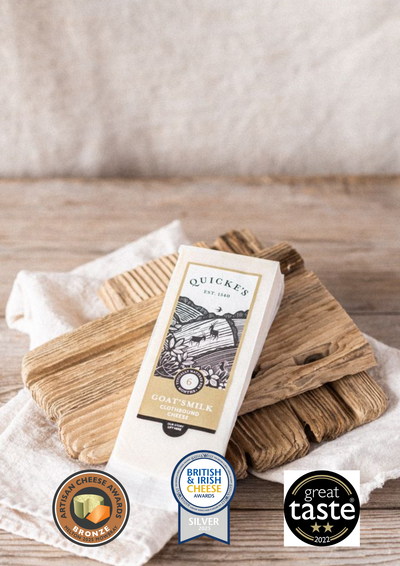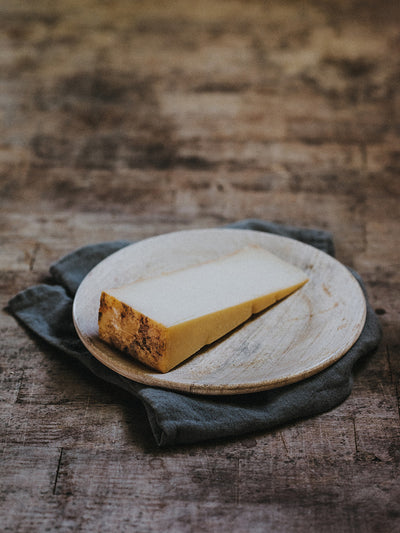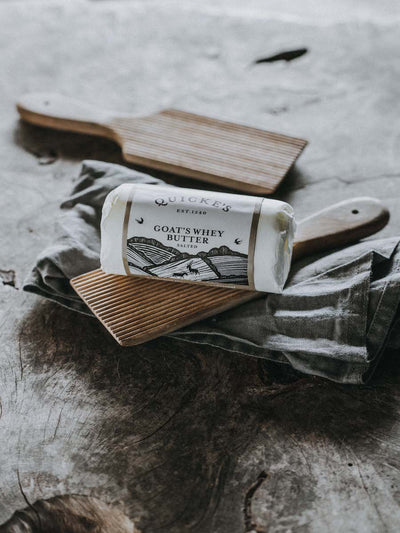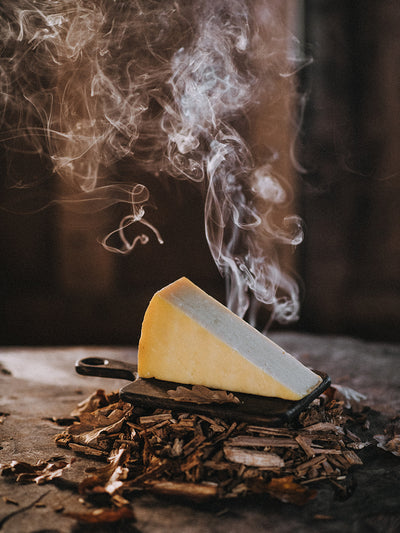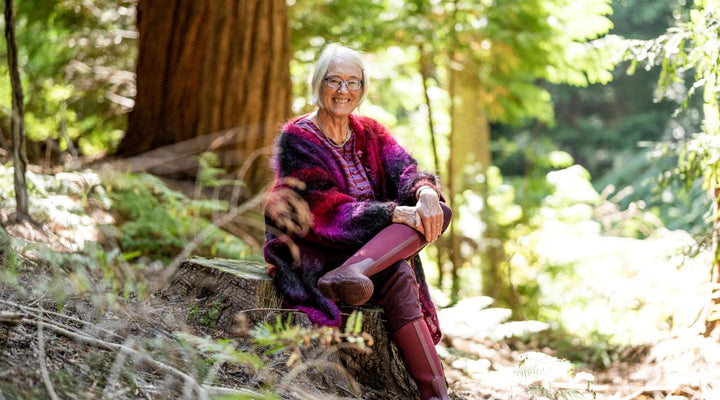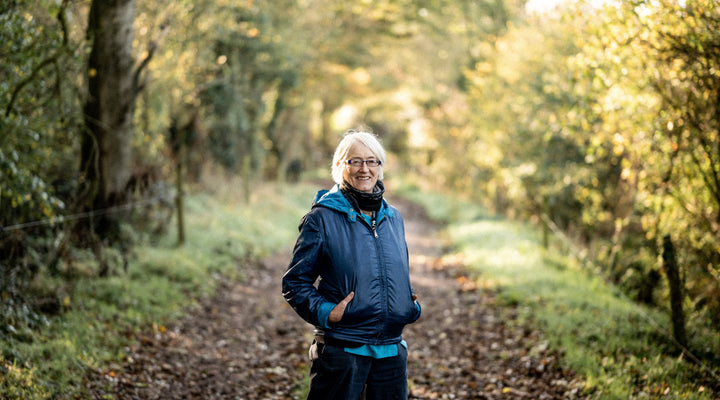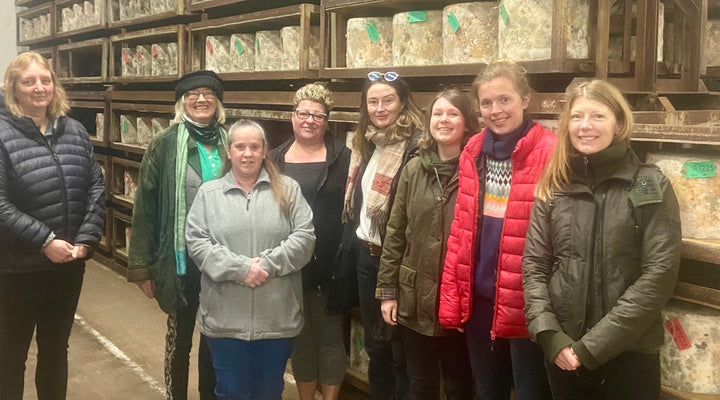NATURE
Day by day, the days lengthen minute by precious minute. That the days are getting longer is more heartening than by how much: the year has started turning, and we are closer to spring than we were in the golden autumn. Colder and brighter than last year, we are still drenched in green, grass and crops still growing imperceptibly. Leaves are off the trees, and suddenly you can see the bones of the landscape, normally hidden. Recently felled trees give the opportunity for natural regeneration. Felling trees seems so dramatic and final, the mighty giants laid low: it’s lovely to see new life leap in to fill the space created.
New life is everywhere on the edge of sight, roots starting to grow, bulbs underground shooting, the earliest buds swelling, the great dance just bestirring itself.
ARABLE
The winter crops in the ground, like wheat, are least stirred, holding in their suspended winter animation, while the broadleaved weed seedlings in amongst them are already stirring. The soil they are sitting in feels heavy as you walk across it. Step into the next door field of grass and red clover and the soil feels resilient and springy underfoot, and growth is just visible. It feels like the soil is asking for animal farming, that lovely cycle. Roots grow all year round, feed the soil and grow leaves that feed animals that feed us and keep the soil enriched with manure.
COWS
Many of our spring calving cows are now out on fodder beet, grazing a fresh piece every day, with fresh bales of silage in and amongst them. When it rains, they pug the ground till it’s muddy. We’ve left a strip of grass for them to run back on. The animals grow woolly coats to keep them warm. They gain just the right amount of weight to be in the right state for calving next month. Being outside is better for their general health, and for their fitness and muscle tone as they walk around. I always have a double take seeing them muddy. We do now have room to bring them in if it gets too wet, following last winter’s deluges, which is probably more about making us feel happy.
The heifers are on kale, which they eat quicker, covering more ground. You can see the daily paddocks where it’s rained (muddy) and where it didn’t (eaten down, and not ploughed). The younger heifers are in the barn, where we need to watch out for coughs starting in the more enclosed air. We keep the straw topped up to keep their bedding dry, and as soon as we put the clean straw in, they dash round and round (no need for us to spread the straw). New fluffy bedding doesn’t stay new and fluffy long with complicated games of tag played on it. We’ve cleared out a brambly patch next to where the new born calves will go, to give them a little outside time. It’s amazing how the will to do it and a chunky machine create a useful space from a gap between two buildings we’ve ignored for the 50 years the building has been there.
The autumn cows are settled into the steady business of milking. They are now almost all in calf. There’s a quiet air about the cubicle house, a hush of cows gently ruminating, moving slowly to their feed that is laid out for them, or just hanging out with friends. It’s a cow world, where a person coming in is observed with mild interest, and for the most part ignored, if you are quiet.
CHEESE DAIRY
Their milk is coming into the cheese dairy to make cheese, to top up the stock so many people bought over Christmas, and to make sure we have enough cheese for this time next year.
RECIPE
I have the privilege of having my mother at home in her last days, sad and warm, intimate and heart-filled with family all at the same time. One of the joys is meeting remarkable and unsung carers, some of whom live, cook and eat with us. That gives some wonderful new food experiences. I realise one of my favourite foods, the herrings cured in a barrel that I’d only found in Amsterdam, are freely available wherever people from the Baltic are. I’ve made a Lithuanian cheese with cheese starter and boiling milk. And I’ve had a wonderful risotto made with our cheese by Brigitta Dusetti. I’d had risotto as something you had to keep stirring for ages, and this is takes not much longer than it takes for the rice to cook.
Ingredients
- 2 tbsp olive oil
- 1 small onion, coarsely chopped
- 2 cloves garlic, finely chopped
- 250g chestnut mushrooms, coarsely chopped
- Salt and pepper
- 300g risotto rice
- 200ml white wine (optional and delicious)
- 250ml stock (or 450ml if not using wine)
- 25g Quicke's Cow's Whey Butter
- Quicke's Mature Cheddar, grated
Method
- Heat olive oil in a saucepan.
- Saute onion and garlic until soft.
- Add salt, pepper and mushrooms. Cook for about 8 minutes, until mushrooms have softened.
- Add the rice and cook for one minute.
- Add wine and cook on medium heat until liquid is absorbed.
- Add stock and continue cooking (add more boiling water if required) until rice is 'al dente'.
- Remove from heat.
- Stir in butter and mature cheddar.
- Serve immediately with some fresh leaves

